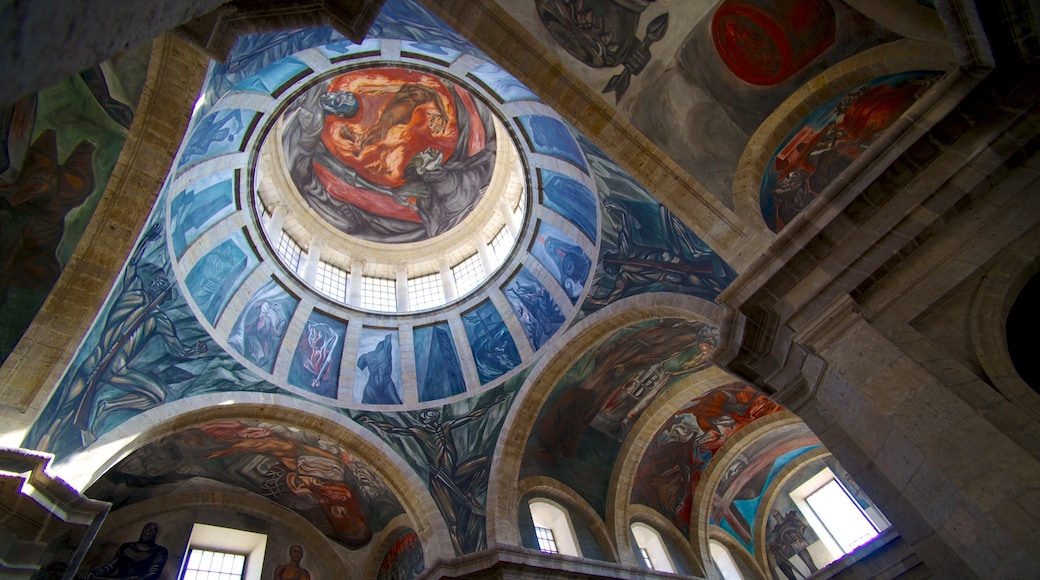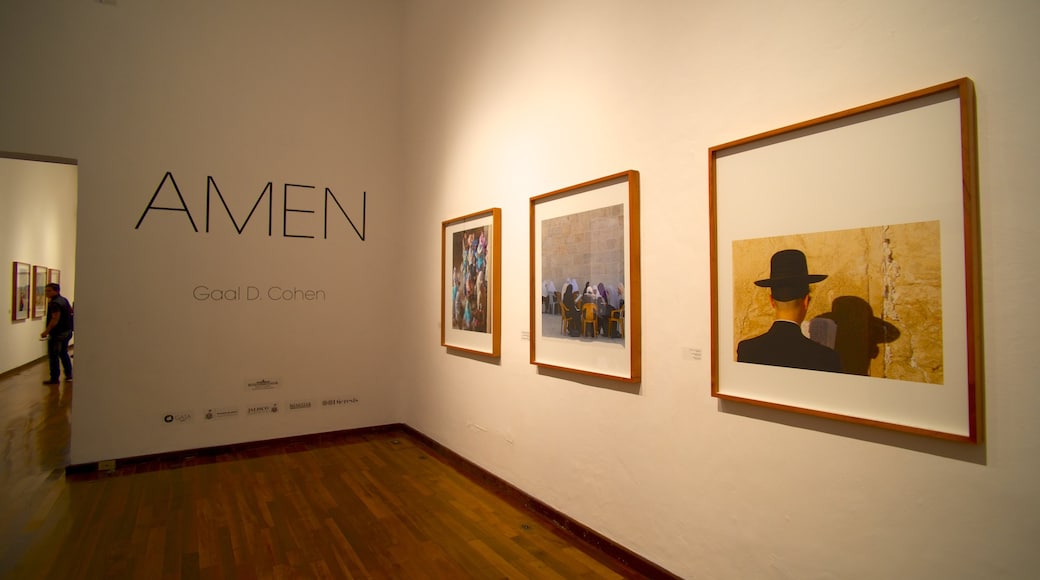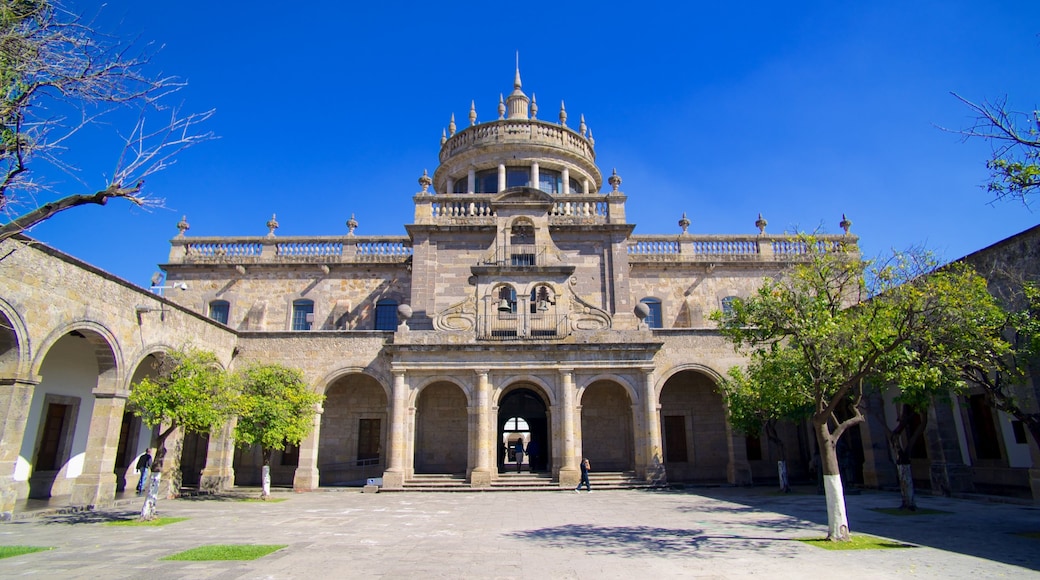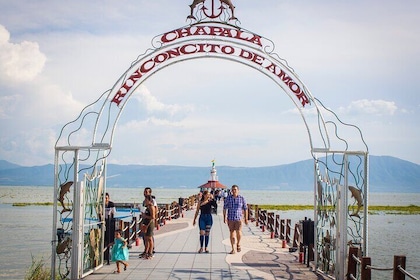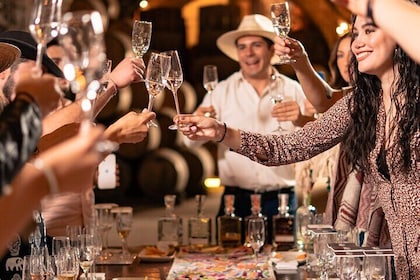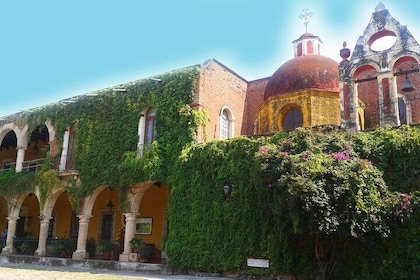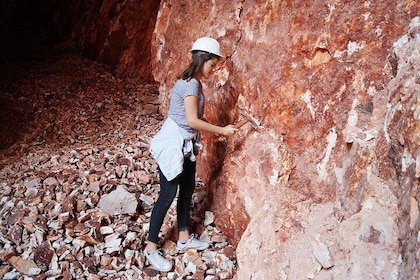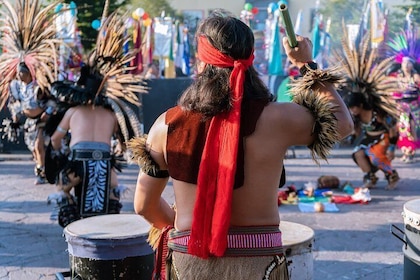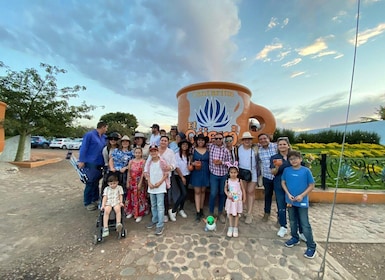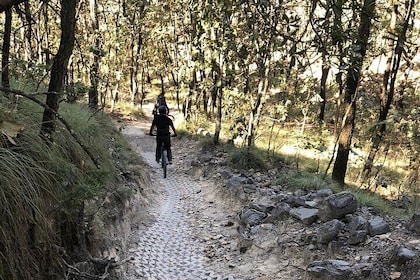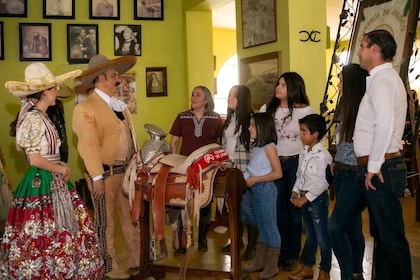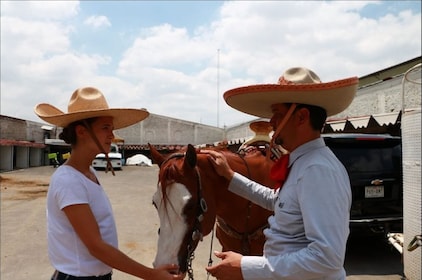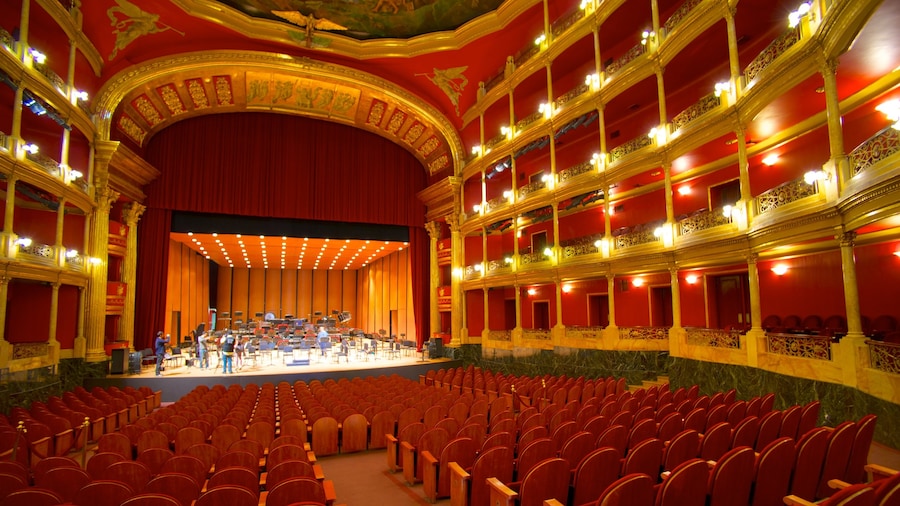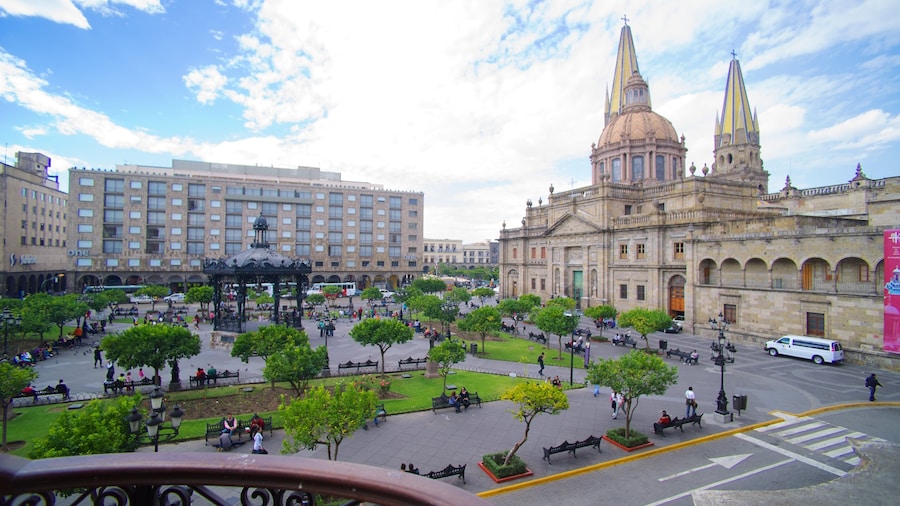Discover famous murals, admire fine architecture and explore the grounds of one of South America’s largest former hospitals at this World Heritage Site.
The illustrious Hospicio Cabañas in Guadalajara was one of the largest and oldest hospitals in South America. Admire the stunning domed chapel and marvel at masterpieces of Mexican art in this historic building, which is now an art institute and a UNESCO World Heritage Site.
The hospital opened in the early 1800s with the aim of looking after the city’s disadvantaged people, such as orphans, the elderly and the sick. It is named after former Spanish bishop Juan Ruiz de Cabañas, who hired well-known architect Manuel Tolsá to design it. The building took almost a decade to complete and provided care for around 6,000 people during its lifetime as a hospital. The hospital finally shut down in 1980 and today the building houses the Cabañas Cultural Institute, an arts and crafts school.
Admire the building’s design, which was influenced by 18th-century French and Spanish architecture. Marvel at the impressive domed chapel and walk along the majestic halls and archways inside the complex. Except for the chapel and the kitchen, the entire building is single-story to facilitate the transportation of patients.
Inspect the 57 frescoes that decorate the chapel. Painted in the 1930s by renowned artist José Clemente Orozco, the frescoes depict Spanish and Mexican indigenous culture and are regarded as masterpieces of Mexican art. Look inside the chapel’s dome to find Orozco’s most famous mural, El Hombre de Fuego (The Man of Fire).
Explore the spacious courtyard at the centre of the site, which was designed to resemble heaven so the disadvantaged could feel closer to God. Explore some of the former children’s bedrooms by the courtyard and admire the cheerful wall paintings in the children’s dining room.
The Cabañas Cultural Institute is open Tuesday to Sunday. Admission fees apply, with discounts for children. Hospicio Cabañas is located in the northeast of Guadalajara, next to the Lopez Portillo Garden and is easy to reach by tram. Nearby attractions include the scenic Morelos Park and the Teatro Degollado.

